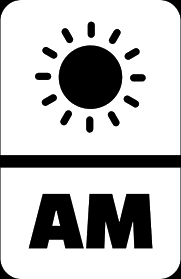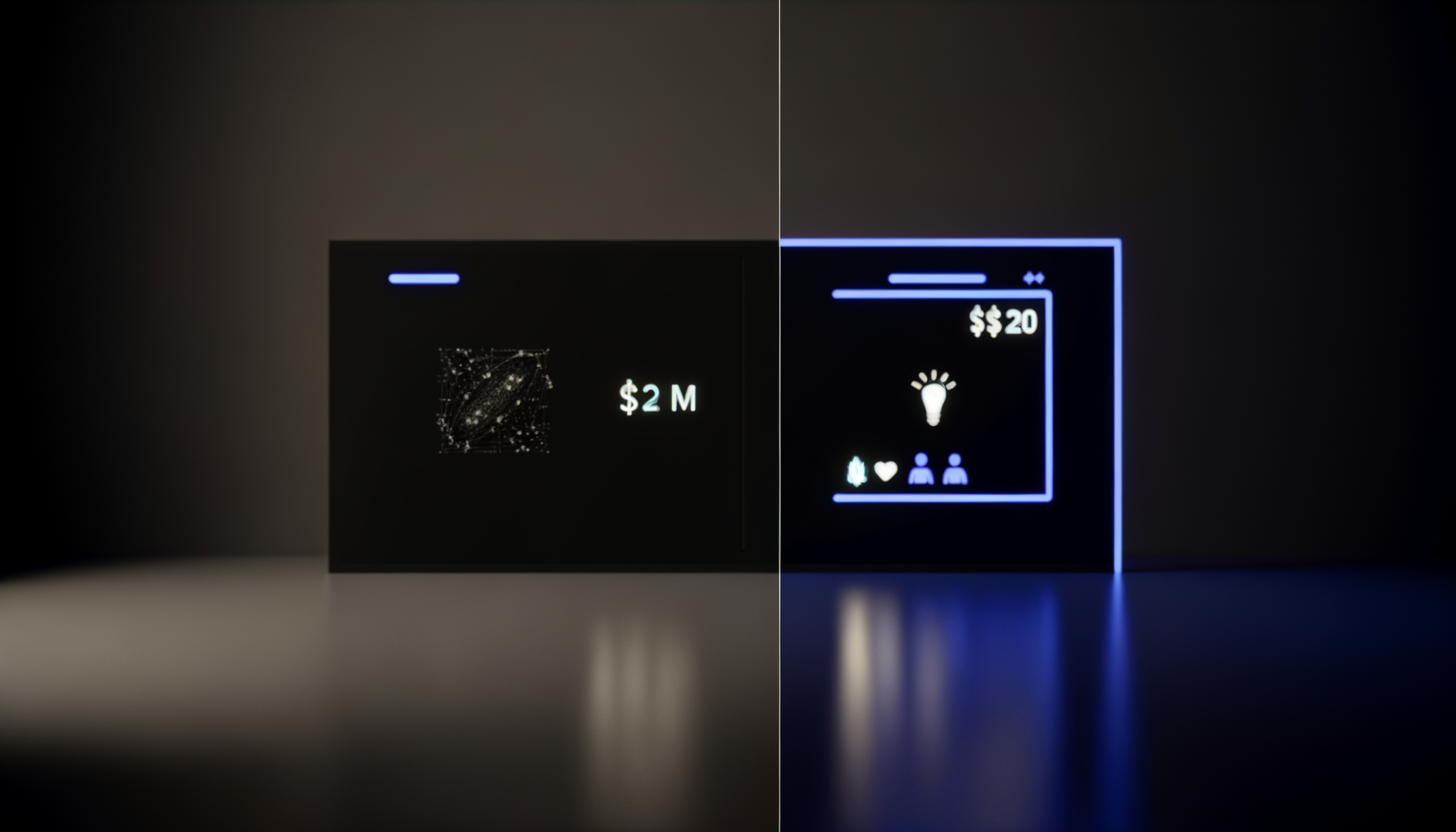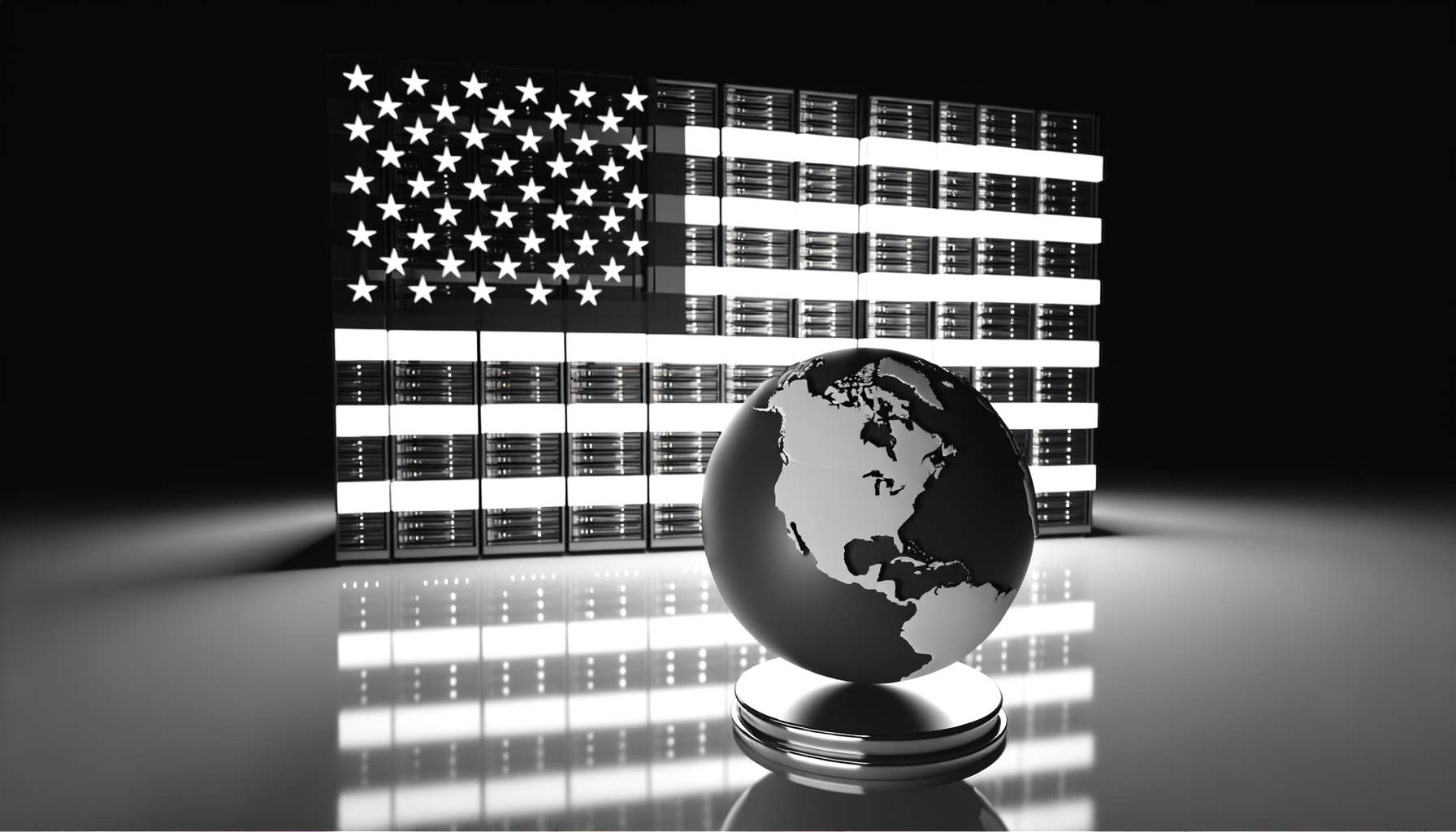Christie’s AI auction didn’t just sell art—it exposed how every major AI creative platform is building for a market that no longer exists while ignoring the $50B opportunity staring them in the face.
The Numbers That Should Terrify Every AI Infrastructure Provider
Christie’s first dedicated AI art auction in March 2025 closed at $728,000—40% above estimates. More telling: 48% of buyers were millennials and Gen Z, with 31% being first-time Christie’s clients. These aren’t tech enthusiasts buying novelty items. They’re asset allocators diversifying portfolios.
The auction featured works ranging from $5,000 to $120,000, with pieces by Obvious Collective, Mario Klingemann, and Refik Anadol commanding premium prices. But here’s what the headlines missed: every single buyer asked about provenance verification, ownership history, and authenticity guarantees—questions our current AI infrastructure can’t answer.
The Infrastructure Gap Nobody Wants to Admit
Today’s AI creative tools optimize for the wrong metrics:
- Midjourney focuses on prompt engineering efficiency
- Stable Diffusion prioritizes open-source accessibility
- DALL-E 3 emphasizes natural language understanding
- RunwayML targets video generation quality
None address what Christie’s auction proved matters: provenance, authenticity, market dynamics, and value preservation.
We’re building Ferrari engines for people who need armored trucks. The market just told us it values security over speed, provenance over pixels, and attribution over algorithms.
What AI Art Collectors Actually Need (And Aren’t Getting)
1. Cryptographic Provenance Systems
Every AI-generated piece at Christie’s came with extensive documentation—artist statements, generation parameters, model versions, seed values. Collectors demanded proof that works weren’t derivatives or unauthorized reproductions.
Current platforms store none of this data immutably. A collector buying a $50,000 AI piece has no cryptographic guarantee that the artist actually created it, used the claimed model, or holds exclusive rights.
2. Attribution and Rights Management
The auction revealed a critical gap: determining what training data influenced specific outputs. When Refik Anadol’s piece sold for $120,000, buyers wanted assurance it didn’t inadvertently reproduce copyrighted material.
No current platform provides:
- Training data influence scores
- Style attribution percentages
- Copyright risk assessments
- Derivative work detection
3. Market Intelligence Infrastructure
Christie’s buyers weren’t artists—they were collectors, galleries, and investment funds. They need:
- Price prediction models based on artist trajectory
- Style trend analysis across markets
- Liquidity assessments for AI art categories
- Cross-platform sales data aggregation
The Real Business Model Everyone’s Missing
Current Model (Failing):
- Charge artists $10-30/month for generation tools
- Race to the bottom on pricing
- Compete on features artists don’t monetize
Christie’s-Validated Model:
- Charge collectors $500-5000/month for market intelligence
- Charge galleries percentage fees on verified transactions
- Charge institutions for provenance verification APIs
- License authentication technology to auction houses
Technical Infrastructure for the Actual Market
Provenance Layer Requirements:
class AIArtworkProvenance:
def __init__(self):
self.generation_hash = None
self.model_checkpoint = None
self.training_data_manifest = None
self.generation_parameters = {}
self.ownership_chain = []
def generate_certificate(self):
return {
'artwork_id': self.hash_artwork(),
'creator_signature': self.sign_creator(),
'model_attestation': self.verify_model(),
'uniqueness_score': self.calculate_uniqueness(),
'copyright_risk': self.assess_copyright()
}Market Intelligence Requirements:
- Collection Analysis: Which artists’ works appreciate faster
- Style Trending: Emerging aesthetics before market saturation
- Liquidity Metrics: Time-to-sale by price range and style
- Cross-Market Arbitrage: Price disparities across platforms
The Companies That Will Win This Market
Not the Current Players:
Midjourney, Stable Diffusion, and DALL-E are building commodity infrastructure. When everyone can generate images, the value shifts to verification, curation, and market intelligence.
The Next Winners:
- Provenance-First Platforms: Built on immutable ledgers with cryptographic guarantees
- Market Intelligence Providers: Bloomberg terminals for AI art markets
- Institutional Authentication Services: B2B verification for galleries and auction houses
- Rights Management Platforms: Automated licensing and royalty distribution
Why This Matters Now
Market Timing:
Christie’s auction wasn’t an experiment—it was market validation. With 48% millennial/Gen Z participation and 31% new buyers, this represents a generational wealth transfer into digital assets.
Infrastructure Vacuum:
No major player has pivoted to serve this market. The first mover who builds collector-focused infrastructure will capture a market that Christie’s just proved exists at scale.
Regulatory Pressure:
As AI art prices climb, regulators will demand:
- Authenticity standards
- Anti-money laundering compliance
- Provenance documentation
- Rights verification
Current platforms can’t meet these requirements.
The Path Forward
For Infrastructure Providers:
- Stop optimizing for artists who won’t pay premium prices
- Build for collectors, institutions, and market makers
- Create defensible moats through proprietary verification
- Partner with established art market infrastructure
For Investors:
Look for companies building:
- Cryptographic provenance systems
- Market intelligence platforms
- Institutional-grade authentication
- Rights management infrastructure
Avoid companies competing on:
- Generation quality (commoditized)
- Prompt interfaces (irrelevant to collectors)
- Artist tools (wrong customer segment)
The Uncomfortable Truth
The AI art market Christie’s just validated doesn’t need better generation tools. It needs the infrastructure every other mature asset class already has: verification, authentication, market intelligence, and institutional-grade tooling.
Current AI platforms are building racecars for a market that needs armored trucks. The race for quality is over. The race for trust just began.
The companies that understand this shift will build the next billion-dollar infrastructure plays. The ones that don’t will compete on features for users who were never going to pay anyway.
Christie’s didn’t just auction AI art. They rang the opening bell for a new asset class. The question isn’t whether this market will grow—it’s whether today’s infrastructure providers will evolve fast enough to serve it.
The $728K Christie’s auction wasn’t about AI art becoming valuable—it was about AI infrastructure providers building for artists when the real money walks through gallery doors.





